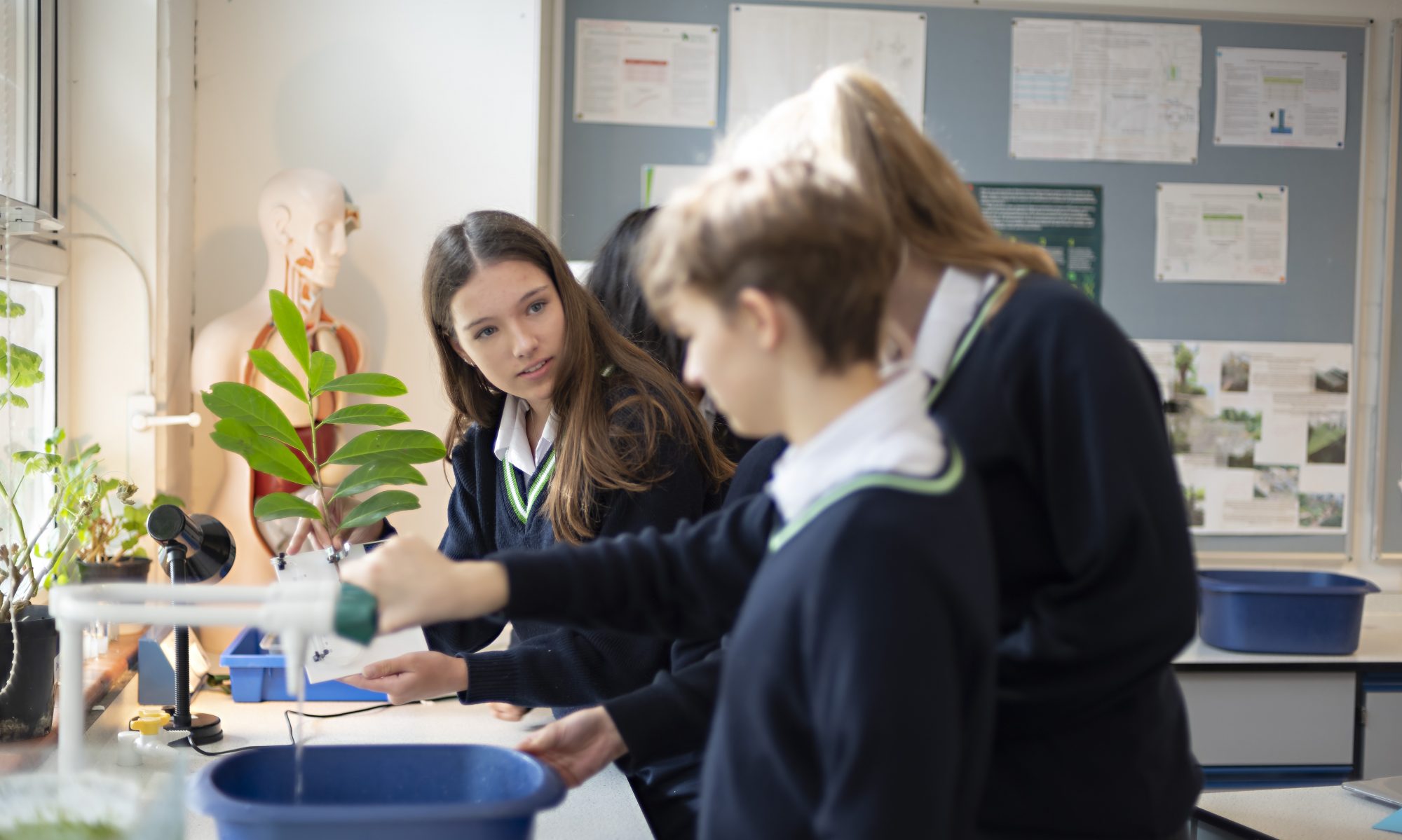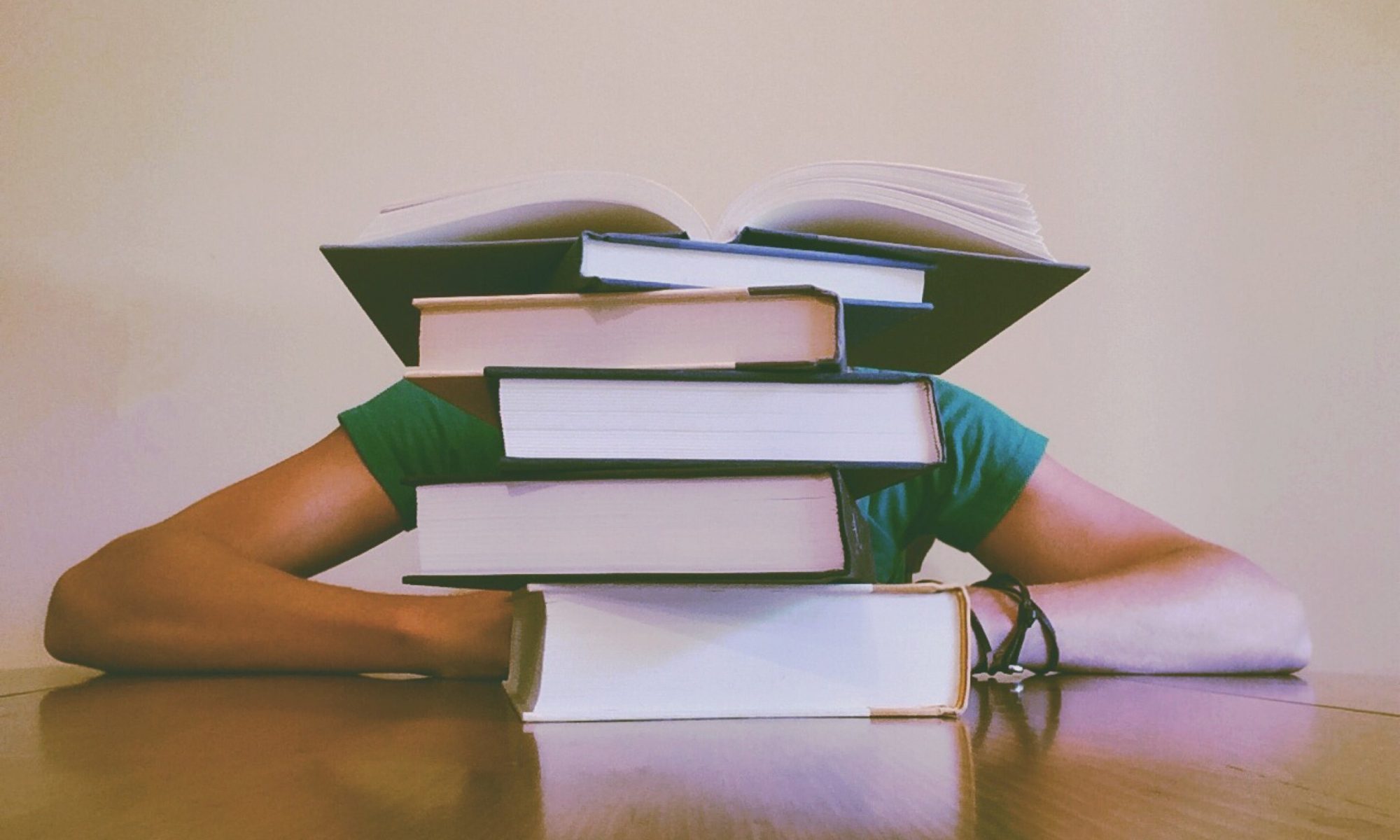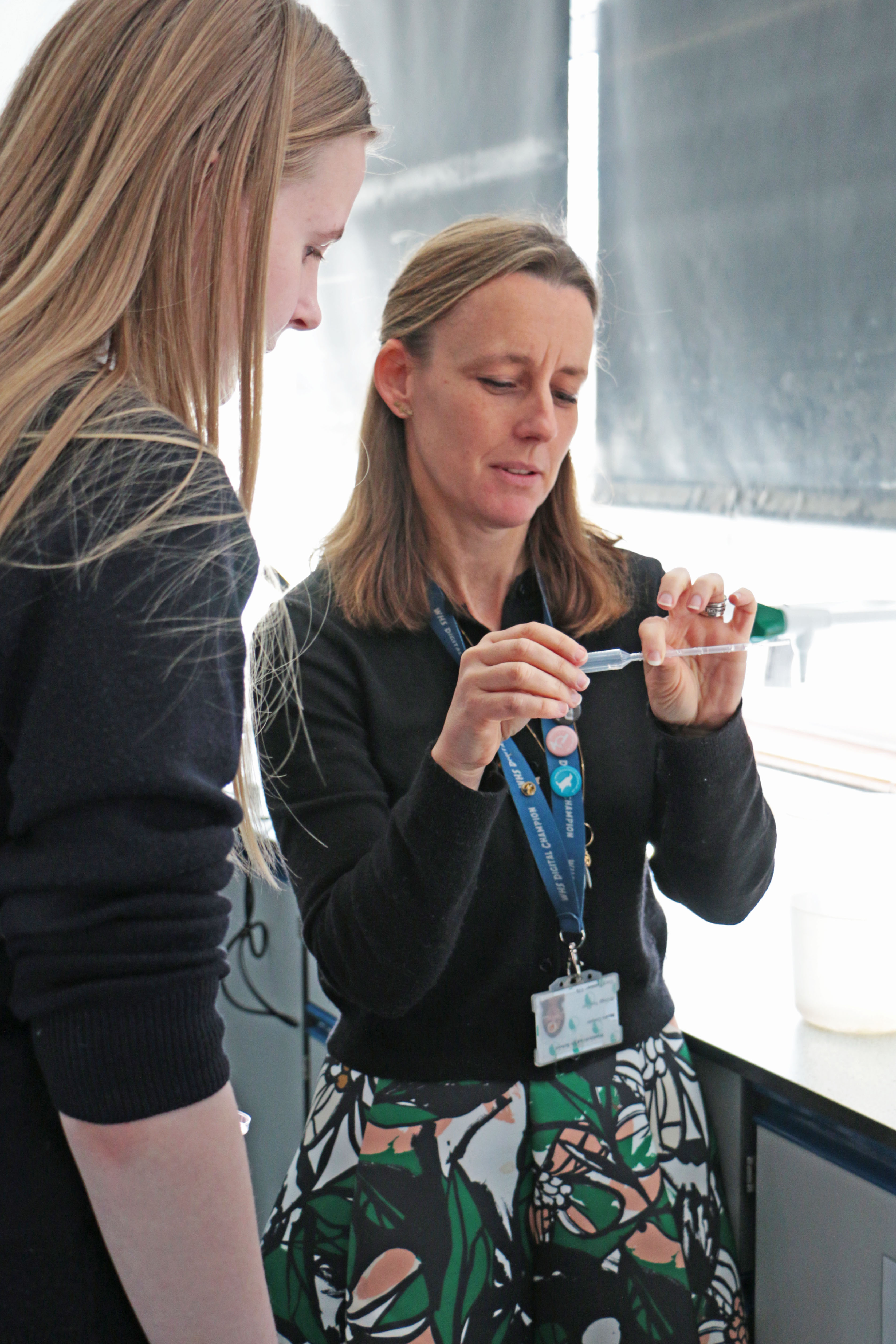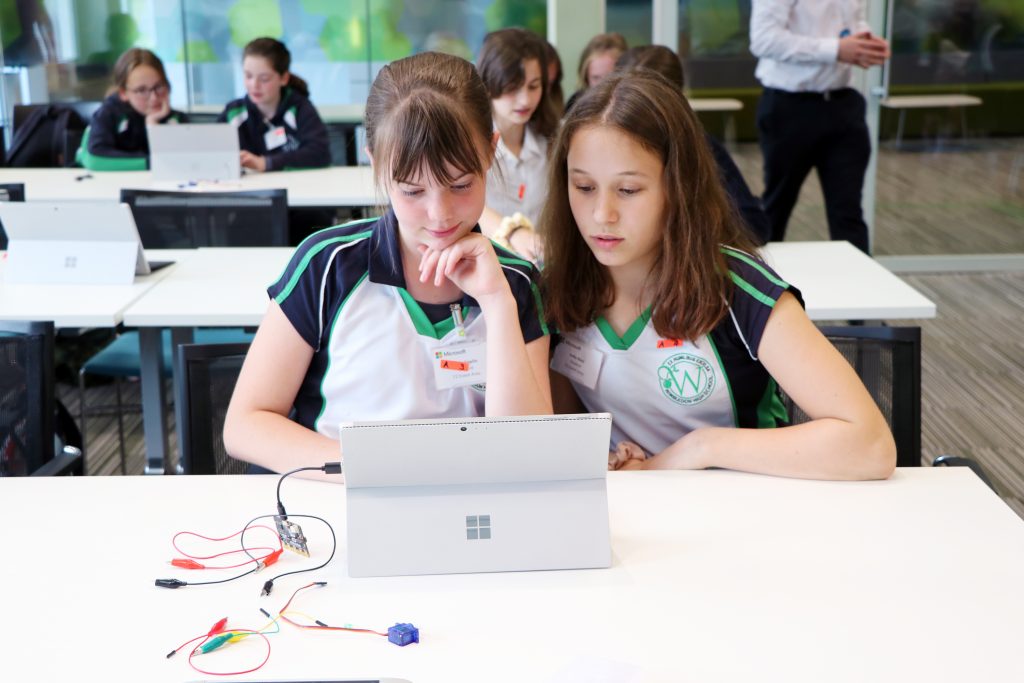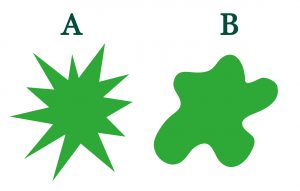Cognitive Load Theory – delivering learning experiences that reduce the overload of working memory
Rebecca Brown – GDST Trust Consultant Teacher, Maths and teacher at Wimbledon High School – explores how overload of the working memory can impact pupils’ ability to learn effectively.
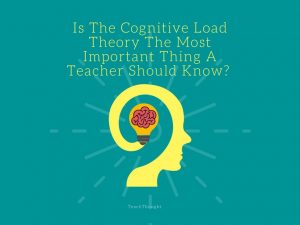
Over the summer whilst (attempting to) paint and decorate my house, I was truly inspired listening to Craig Barton’s podcasts[1] and the opinions and theories of the fabulous guests that he has interviewed. In particular, his episode with Greg Ashman[2] where they discuss Cognitive Load Theory. I feel slightly embarrassed that I have managed to get through the last twelve years of my teaching practice and not come across this pivotal theory of how students learn before now!
Delving into this deeper, I have since found out that in 2017, Dylan Wiliam (another of my educational idols) tweeted that he had ‘come to the conclusion Sweller’s Cognitive Load Theory[3] is the single most important thing for teachers to know.’ As a self-confessed pedagogical junkie I immediately wanted to know more – so what is Cognitive Load Theory and what impact could it have on the learning of my students?

What is Cognitive Load Theory and where did it come from?
“If nothing has been changed in long term memory then nothing has been learned” – Sweller
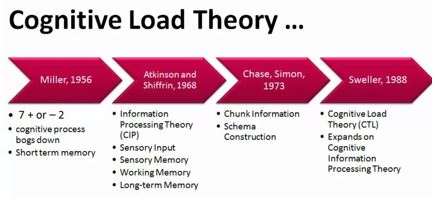
In 1998, in his paper Cognitive architecture and instructional design[4], prominent Educational Psychologist Dr John Sweller helped demonstrate that working memory has a limited capacity. He put forward the idea that our working memory – the part of our mind that processes what we are currently doing – can only deal with a limited amount of information at one time.
In essence, it suggests that human memory can be divided into working memory and long term memory. Long term memory is organised into schemas. If nothing is transferred to long term memory then nothing is learned. Processing new information puts cognitive load on working memory, which has a limited capacity and can, therefore, affect learning outcomes.
If we can design learning experiences that reduce working memory load then this can promote schema acquisition. Sweller’s Cognitive Load Theory suggested that our working memory is only able to hold a limited amount of information (around 4 chunks) at any one time and that our teaching methods should avoid overloading our working memory to maximise learning.
De Jong[5] states that ‘cognitive load theory asserts that learning is hampered when working memory capacity is exceeded in a learning task’.
Put simply, in early knowledge acquisition, if we can simplify how we deliver material to students, to focus on what really needs to be learnt so that they are not using up too much working memory, then we have a much higher chance of being able to help the learning stick in their long term memory.
Types of Cognitive Load
The theory identifies three different types of cognitive load:
Intrinsic: the inherent difficulty of material being learnt. This can be influenced by prior knowledge that is already stored in the long term memory. For example, if students know that 5×10=50 this can be retrieved without imposing any strain on working memory but if the calculation required as part of a problem was 398 x 34, students would have to begin to retrieve information on how to do long multiplication which would take up working memory required for new material.
Extraneous: the way in which the subject is taught or the manner in which material presented. Extraneous load is a cognitive load that does not aid learning and should be reduced wherever possible.
Germanic: the load imposed on the working memory by the process of learning itself. That is, moving learning from the working memory into the schemas in long term memory.
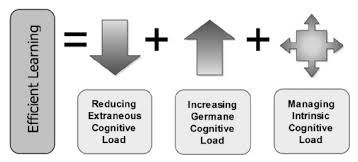
So, if we can manage intrinsic load, reduce extraneous load, allow more room in the working memory for Germanic load then we have better chance of learning being transferred into long term memory.
Moving forward
In his enlightening and motivational book How I Wish I’d Taught Maths, Craig Barton[6] summarises that the essence of Cognitive Load Theory is getting students to think hard about the right things in order to facilitate the change in the long-term memory necessary for learning to occur.
Whilst I am so far from being an expert in Cognitive Load Theory, from the research that I have already read, I am positive that my teaching practices will be enhanced by continually considering ways of reducing Cognitive Load and ensuring that students working memories are not overloaded with information that is not conducive to learning.
My next steps are to look further into the research from Mayer[7] on Cognitive Theory of Multimedia Learning to develop how I can best present learning opportunities to students.
References
[1] http://www.mrbartonmaths.com/podcast/
[2] http://www.mrbartonmaths.com/blog/greg-ashman-cognitive-load-theory-and-direct-instruction-vs-inquiry-based-learning/
[3] Sweller, J., Van Merriednboer, J. J. G. and Paas F.G. W. C. (1998) ‘Cognitive architecture and instructional design’, Educational Pscycholgy Review 10 (3) pp. 251-296
[4] Sweller, J., Van Merriendboer, J.J.G and Paas, F.G. W. C. (1998( ‘ Cognitive architecture and instructional design’, Educational Psychology Review 10 (3) pp. 251-296
[5] De Jong T (2010) Cognitive Load Theory, educational research, and instructional design: Some food for thought. Instructional Science 38 (2): 105-134.
[6] Barton, Craig 2018 How I wish I’d taught Maths
[7] Mayer, R.E (2008) ‘Applying the science of learning: evidence-based principles for the design of multimedia instruction’, American Psychologist 63 (8) pp. 760-769
